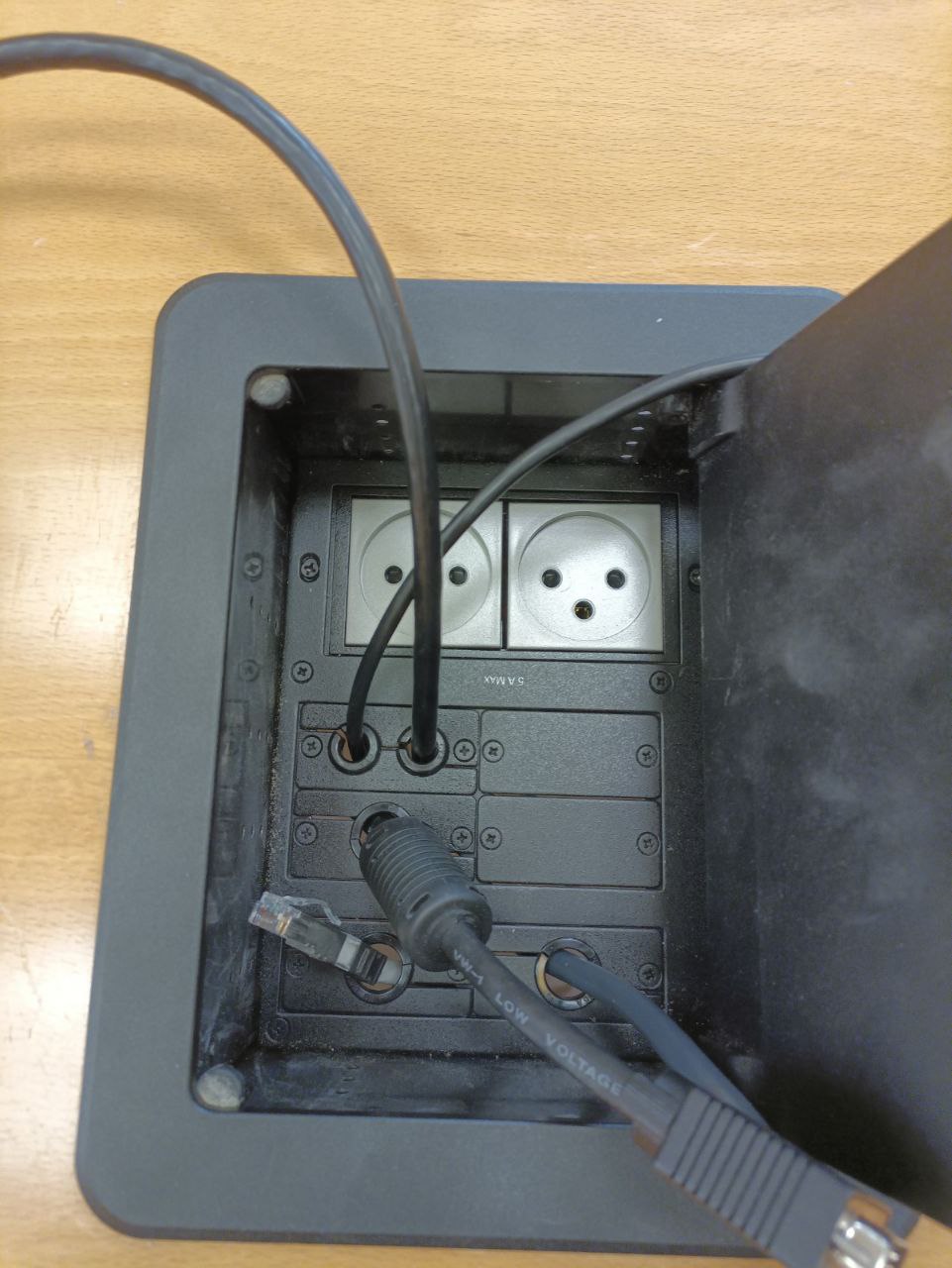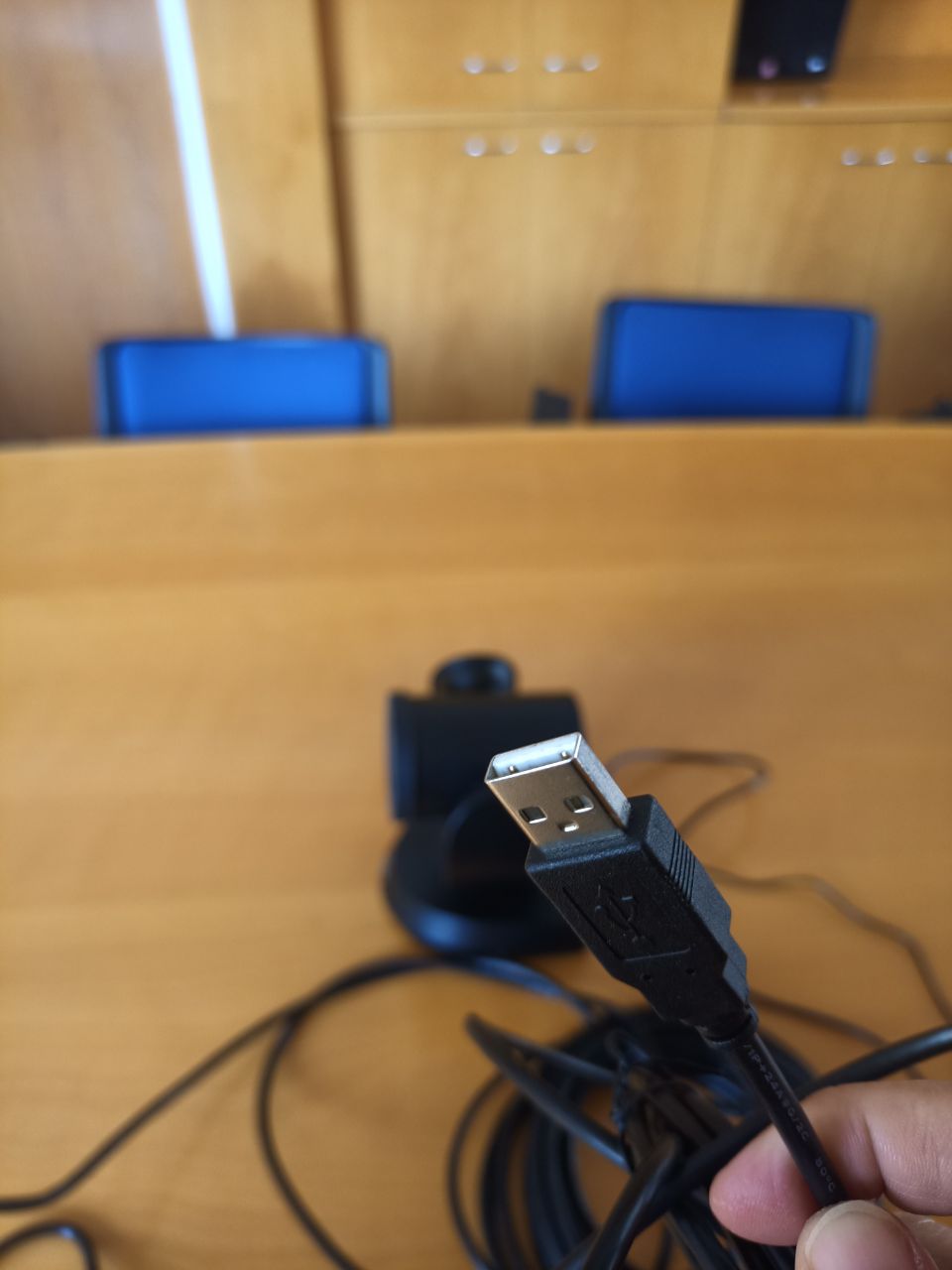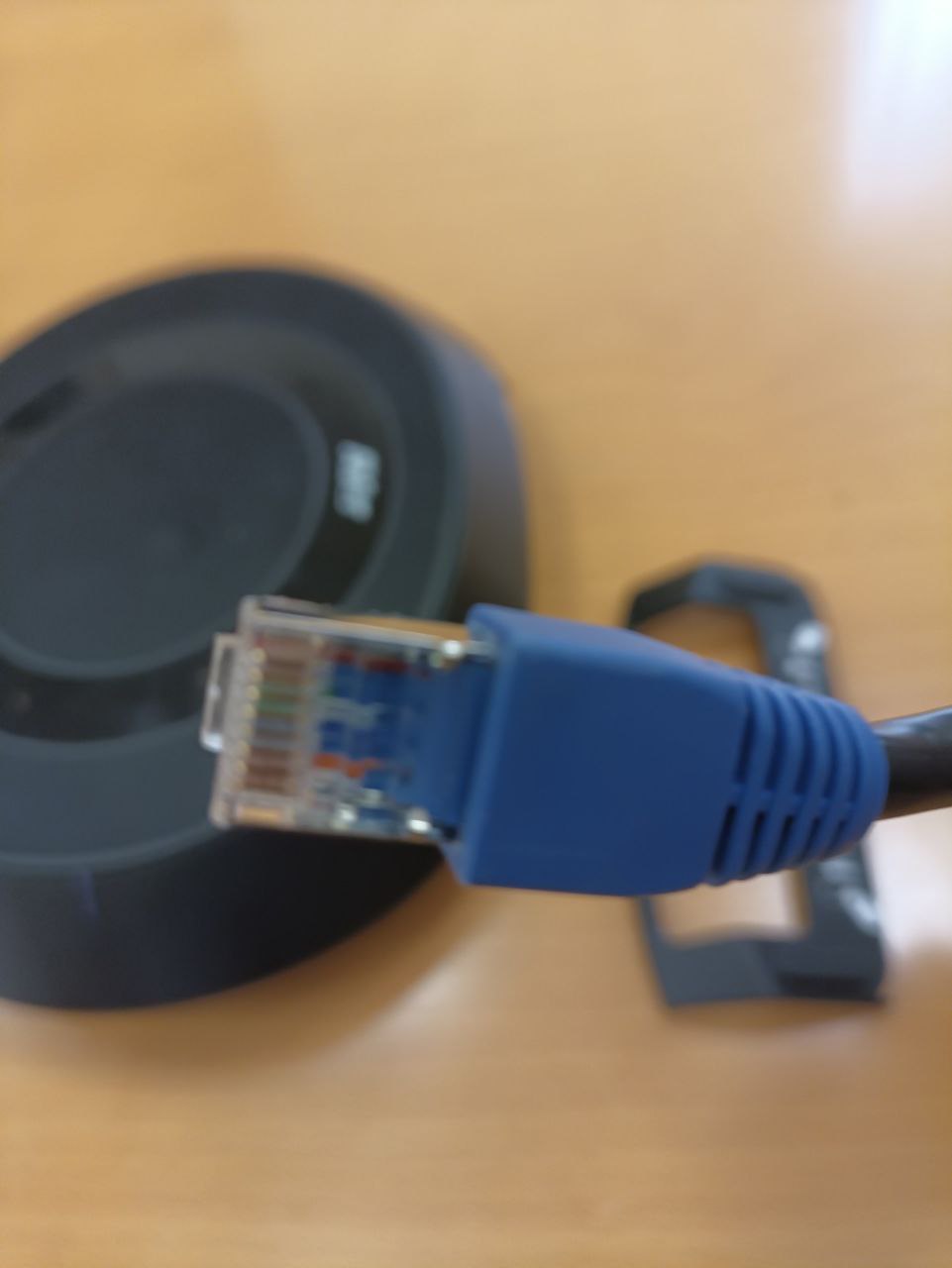Access From Outside
- How to Access E-Journals
- Accessing the University computers from outside is possible via vpn (version in English). Alternative instructions for Ubuntu by Amnon Yekutieli
Department Machines Or Services
- Help FAQ (CS wiki, only from within the University)
- Contact the CS Lab: web form or email.
- CS Lab Staff
- Some files and utilities related to the department are available for
download as an archive
or via git with
git clone 'https://www.math.bgu.ac.il/git/wwwmath/bgu-utils'Currently this includes a LaTeX class file for the BGU cv format, along with some templates. - Instructions for operating the copying machine.
Hybrid Equipment In Colloquium Room
Room -101 (where the Colloquium takes place) contains equipment for hybrid lectures. These are the main instructions for its operation.
- There is a monitor attached to the podium. This monitor is connected to the computer controlling the equipment. There should also be wireless keyboard and mouse on the podium, controlling said computer. The computer itself is not physically accessible.
- Please refrain from applying excessive force to the monitor, as it could break its arm or the podium.
- Please refrain from removing the keyboard or the mouse.
-
The login code for the computer is
-101. -
To start a Zoom session, the best approach is to start it on some other equipment (e.g., a phone) from the user’s personal account, and then joining from the room computer as a guest, and giving the user (
bgumath) a co-host status, thus avoiding the need to login. Please note that starting a Zoom session as the guest user may result in degraded quality. If you prefer to login to Zoom on the public machine, please remember to logout in the end. -
The room camera and microphone should be used Zoom by default. The camera cannot be controlled via the computer, but by the black remote. Usually, it is directed at the board, and there is no reason to modify anything.
-
Material to be displayed during the lecture can be copied to the computer by various means, e.g., a USB drive or nearby share. USB devices can be attached to the computer via the monitor, on its back side. The files can then be shared by Zoom in the usual way.
-
The projector can be turned on to display the screen contents. In particular, content shared via Zoom as above, as well as any file available on the computer, can be viewed locally in this way.
-
Please turn off the projector when finished with it. Please do not turn off anything else.
- In case of questions or suggestions, please write.
Lecture Room Video Camera
These are instructions for connecting and setting up the broadcasting
equipment (Aver 520 pro2 camera) for hybrid lectures in room 201.
-
Place the computer on which Zoom (or similar) will be used sufficiently near the electricity and cable outlets.

-
Attach the USB cable to the computer. In case a presentation is to be shown, attach the HDMI cable as well. Turn on the computer.

-
Run Zoom on the computer, and verify that Zoom uses Aver for both the camera and the microphone. For high quality broadcast, the
Full HDvideo setting must be enabled in Zoom, and the meeting must be in active speaker mode. See these zoom instructions for more details. -
In case the microphone unit seems disconnected or not detected by the computer, please ensure that the cable with the blue plug is firmly attached to the microphone unit.

Printing From a Laptop
Make sure your laptop’s MAC address is registered with the CS lab or that your machine is registered with the university’s wireless network (visit the CS Lab).
The following instructions are offered by the CS Lab. If they fail, please file a report.
Linux
Make sure that cups is installed. There are two methods:
- Automatic printer discovery
-
Add the following lines to
/etc/hosts:132.72.44.185 vmprtsrv vmprtsrv.local 132.72.44.56 vmsmb vmsmb.local - Install
avahi-daemonandcups-browsed(part of thecups-filterspackage) -
Add the line
BrowsePoll vmprtsrvto
/etc/cups/cups-browsed.conf. - Start
avahi-daemon, and (re)startcupsandcups-browsedservices - Use the printers
math{1,2}{s,d}for 1st/2nd floor single/double sided printing
-
-
Manual configuration
If the above fails, stop the
cupsservice, and replace/etc/cups/printers.confwith a file similar to the following:<DefaultPrinter lpz1d> AuthInfoRequired none Info HP-603 double side Location Math building 1st floor room 118 MakeModel HP LaserJet 600 M601 M602 M603 Postscript (recommended) DeviceURI socket://132.72.145.99 Type 8425684 </DefaultPrinter> <Printer lpz2d> AuthInfoRequired none Info HP-603 double side Location Math building 2nd floor room 219 MakeModel HP LaserJet 600 M601 M602 M603 Postscript (recommended) DeviceURI socket://132.72.145.73 Type 8425684 </Printer>(Modify which one is the default to your convenience). Restart
cups
Windows
Create a “standard IP port printer”. Use the queue name from the previous item as the port name.
TeX and Hebrew
The problem of using LaTeX in Hebrew is divided into two parts: typing the LaTeX source, and typesetting it using a LaTeX variant.
Typing
For typing, it is possible to use a standalone editor, or an integrated
environment. Examples of the latter include
TeXworks, which comes with the standard TeX
distributions (e.g., MikTeX and TeXLive) and TeXnicCenter. The
essential requirement is support for bidirectional (bidi) editing, preferably
with some LaTeX syntax recognition. For standalone editors that run in a
terminal (e.g. vim or
emacs), bidi support might be provided by the
terminal (One such option on Unix-type systems is
urxvt, contact
me for details).
In any case, it is essential that the text is saved using the UTF-8
encoding (this should be the default in any post-2005 editor).
Processing
Documents should be processed with the XeTeX variant
of TeX. One advantage is that it uses the system fonts, rather than special
fonts that come with TeX. XeTeX (and XeLaTeX) are provided with the standard
distributions. Multilanguage support is provided by the
polyglossia package (a
replacement for babel), which should be loaded in the preamble. Polyglossia
uses fontspec to select the fonts, and
should be configured to select the correct font. This depends on the OS and
on the fonts installed, please see the fontspec documentation for details.
One way of loading the Hebrew support is to input the file hebrew.tex
available in the bgu-utils
repository, which also contains some examples (again, this file may need to
be modified to use the correct fonts).
Once the document is ready, it should be processed with xelatex: xelatex
stuff.tex. An integrated tex environment might have a button for that.
Alternatives
An alternative is to use LyX, a “wysiwyg” front-end to (xe)latex, which is rumoured to support bidi. Please check the web for instructions.